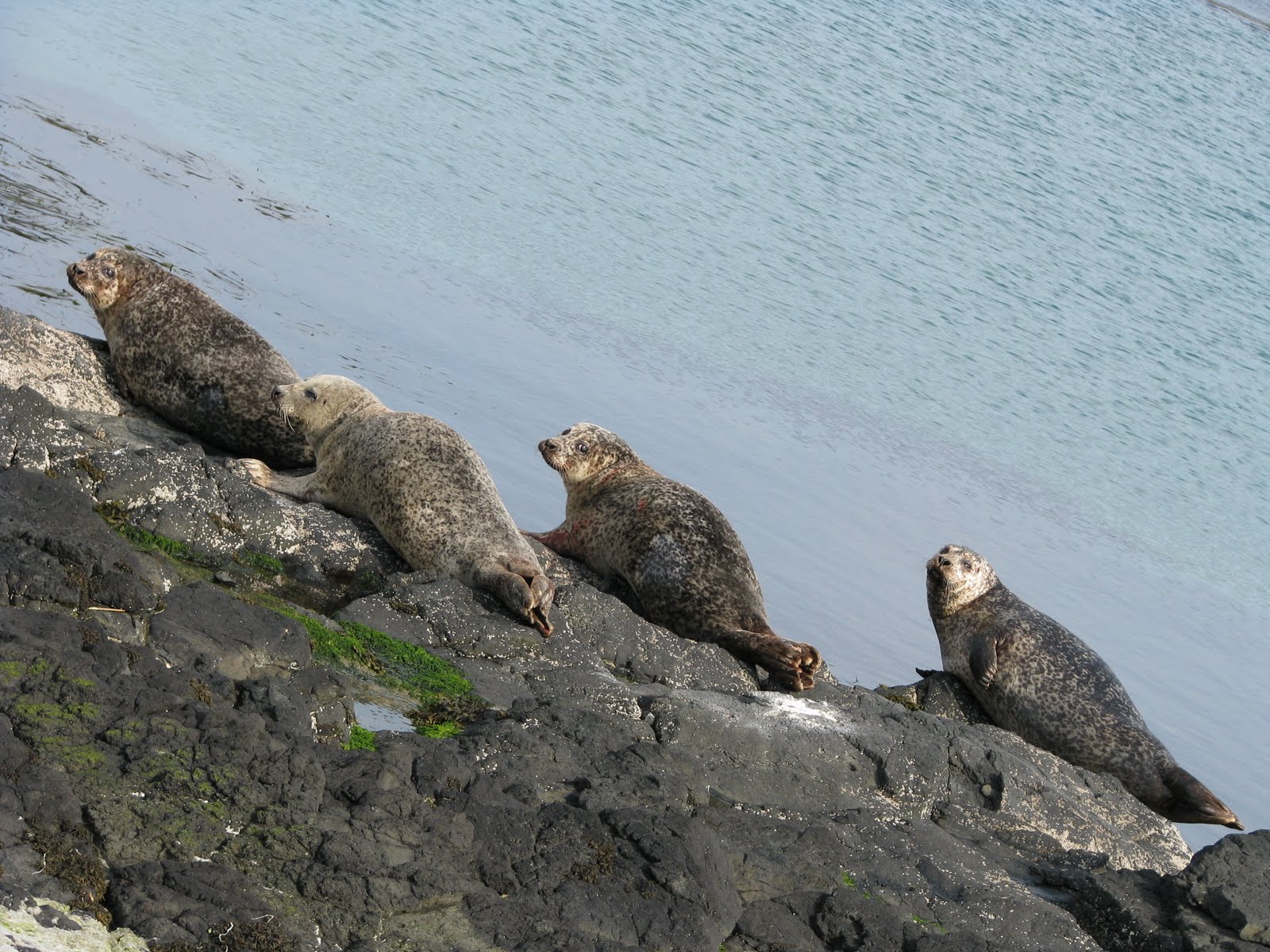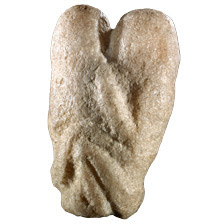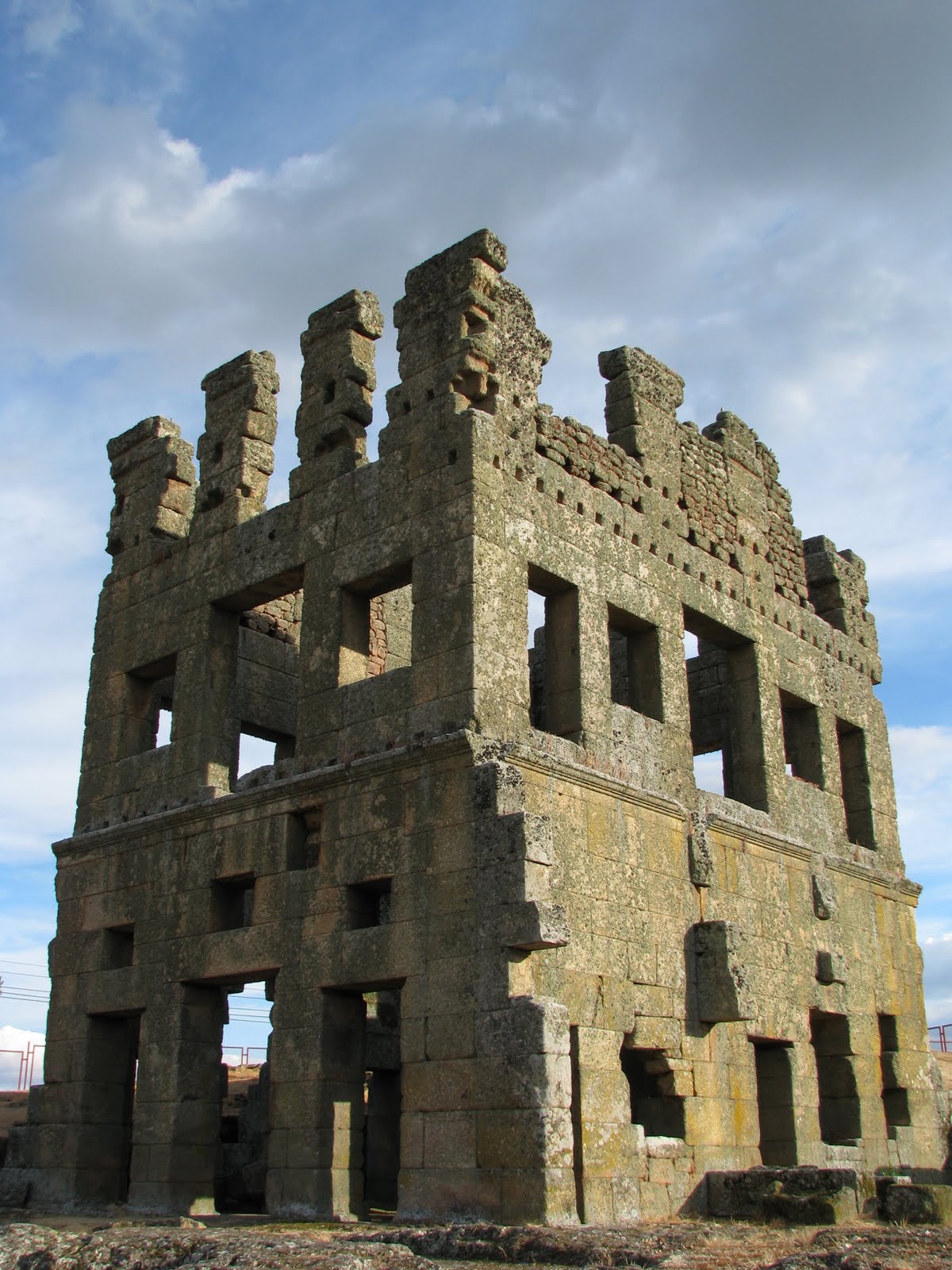Day 122. Rathlin island

День 122. Остров Ратлин В XVIII веке остров Ратлин стал одним из центров производства келпа – золы из морских водорослей, являющейся уникальным источником йода. С древнейших времен келп, смешанный с животным жиром, использовался в качестве антисептика для лечения ран и порезов. Считалось, что водоросли для производства золы лучше всего собирать на скалистых берегах: На острове остались весьма атмосферные руины здания, в котором когда-то хранили келп перед отправкой на продажу. Коровы, птицы, утесы, обрывы, море, океан, лошади, маяки, озеро, дикие розы, счастье — на краю Земли!








